Housekeeping in SAP OTC (S/4HANA and ECC6)
Housekeeping in SAP OTC (S/4HANA and ECC6).
Introduction
We all know that the SAP Order to Cash (OTC/O2C) solution is a flexible, all singing, all dancing solution for complicated industries; almost all scenarios are catered for within the standard SAP offering. However, with this flexibility comes complexity. All too often, companies implement SAP along linear team structures without accounting for a more holistic overview of the Order to Cash function. What this can lead to, if not addressed, is unknown bottlenecks, “missing” documents and the general feeling that there is an SAP Black Hole sucking up documents and potential revenue.
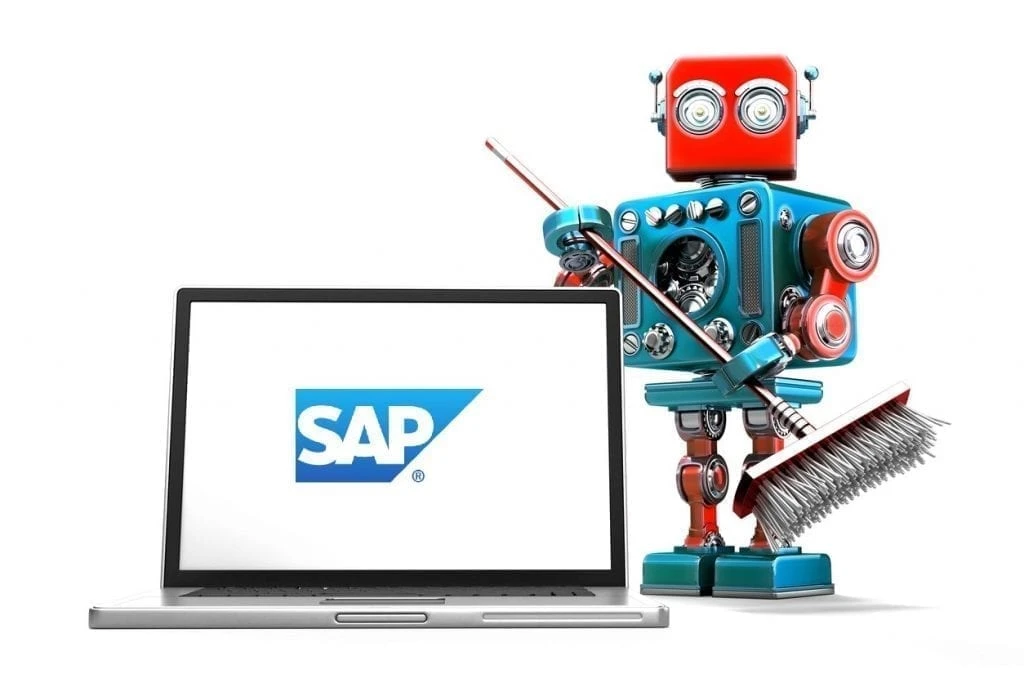
Never fear! SAP has standard solutions for all these issues. The traditional ECC6 approach demands knowledge of a suite of transactions to address this. The world of S/4 HANA simplifies that somewhat with some handy apps but also provides the opportunity to group together the housekeeping transactions, into a Fiori User Group, for assessment – more of this later. Further opportunities in Fiori lie in developing custom tiles and apps to drive work out to the users in question.
Let’s start with S/4, where SAP provides a few useful tools in its frontend, Fiori.
The app “My Sales Overview” is a sales cockpit containing many Fiori “cards” displaying various components:
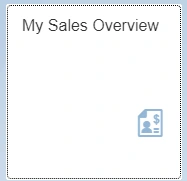
Inside the cockpit, firstly you have the ability to filter all the data on the cards by numerous criteria:

The cards can be seen below. From each one you can navigate to the relevant documents.

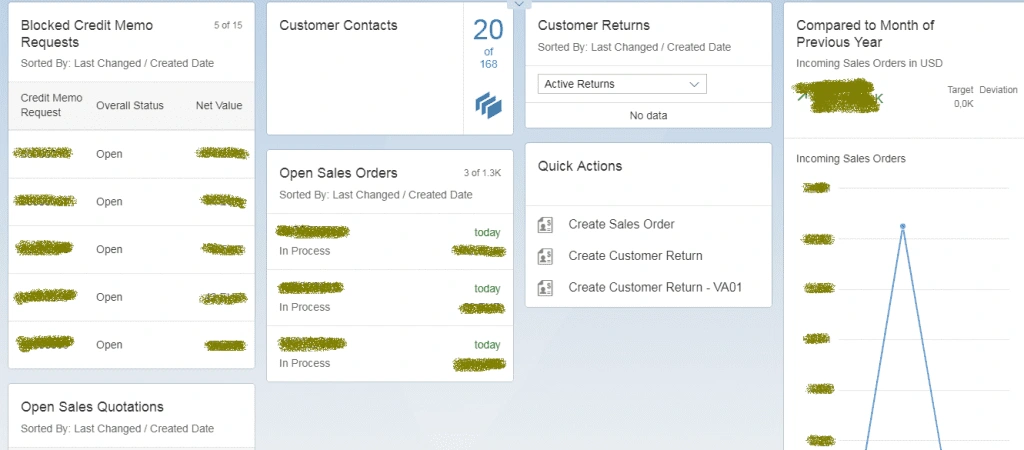
The most useful in terms of housekeeping are the following cards:
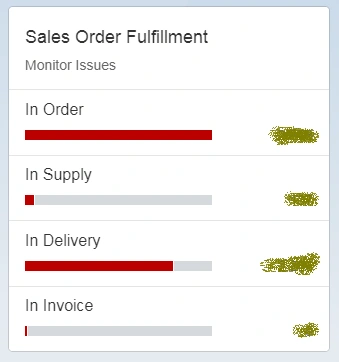

From these cards you can drill into the details and see what the issues are:

The same screen also highlights the options you have available when you select a line. For example, when I select this line, SAP realises that the only options available are to reject, resolve the incompletion log, remove the billing block or display the process flow. By clicking on the option, the action is carried out.

Fiori offers more opportunities to highlight housekeeping activities which need carrying out. Tiles can display dynamic data on the front to show how many of a certain type of document match the criteria. For example, this tile shows that there is one order or contract which is blocked for delivery:
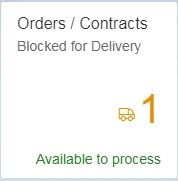
These tiles can be very useful and are extremely easy to write yourself. If you have a customised Z report, you can add a tile to it in Fiori as standard, but then link that tile to a customised function module which calls a variant of the report. The options here are to display the number returned from that variant on the front of the tile, in differing colours depending upon your criteria. Even small graphs can be displayed on the front of the tiles.
Not let’s turn our attention to ECC6, which is still the most prevalent SAP system around.
It’s a worthwhile exercise adding all the transactions into a Favourites folder such as below, for ease of access. Remember, if you are using S/4, you can still do this in Fiori by creating a user group for all the relevant transactions to group them together. You can even overlay function modules on the tiles to display the relevant quantities.
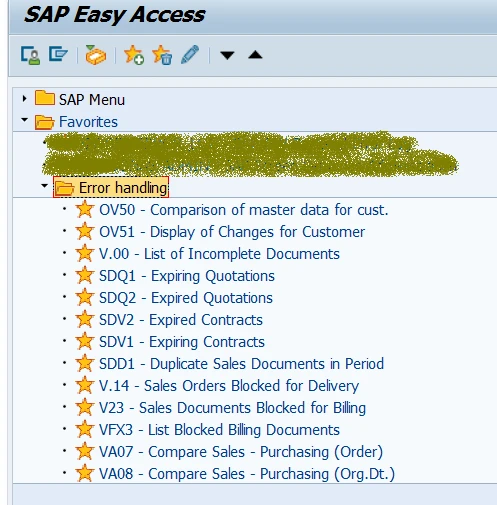
What are the main housekeeping points in Order to Cash which need addressing?
- Master data checks: customers
- Incompletion logs
- Expired quotations
- Expired contracts
- Duplicate documents
- Sales documents blocked for delivery
- Sales orders blocked for billing
- Billing documents not transferred to accounting
- Sales to purchasing error handling
1. Master Data Checks: Customers
SAP provides us with two handy transactions for checking customers’ master data: OV50 and OV51.
OV50 is a high-level report which can be used to check customers who are not set up in sales areas or company codes.
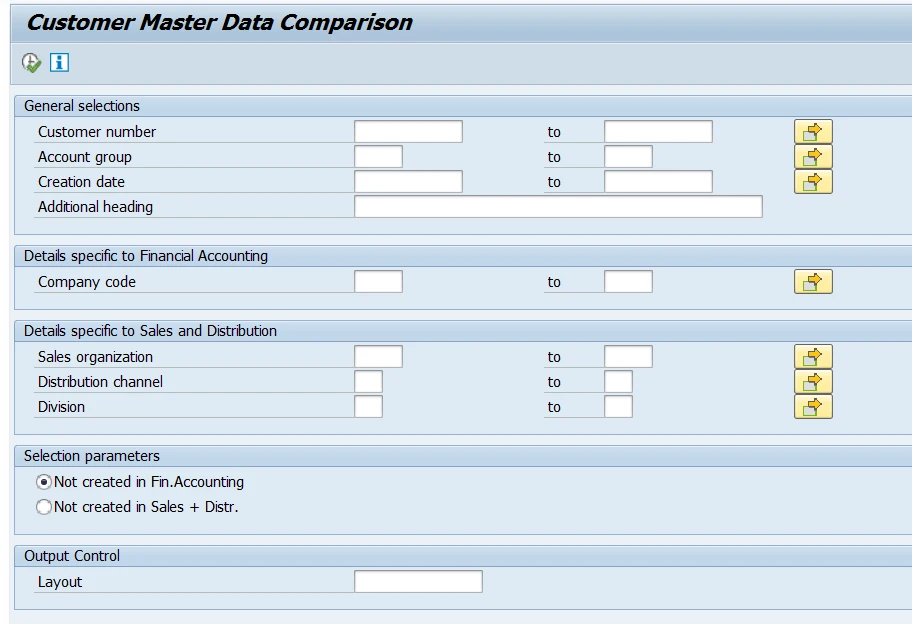
The output of the report is not great, but it can be used as a simple checking tool.
OV51 can be used to view all changes to customers.
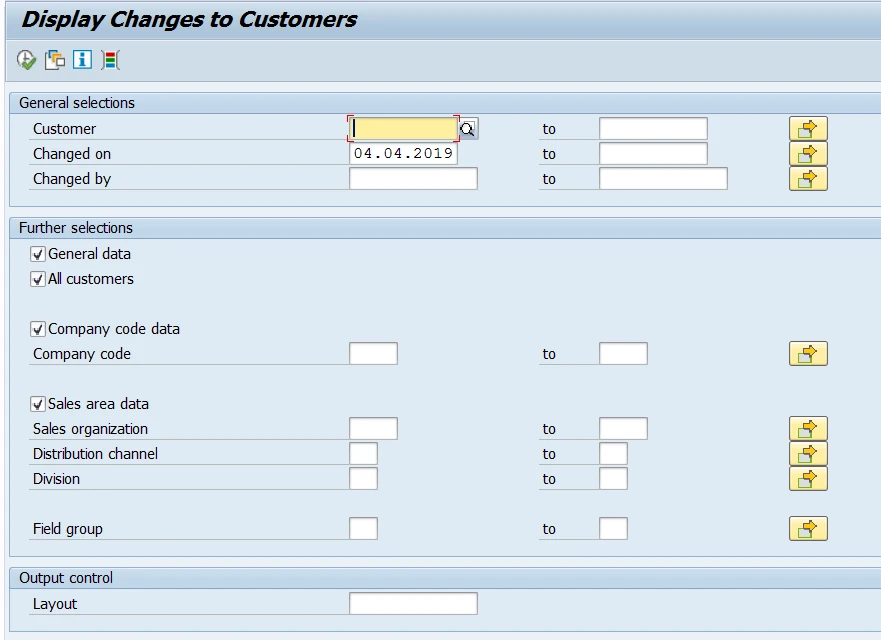
It can also be used to show “creations” by sorting on the “new value” in the output screen.

2. Incompletion Logs
Documents such as sales orders and deliveries can be incomplete and just sit there, not going anywhere until someone addresses them manually. These need to be picked-up and quickly; this is a potential source of missing revenue which cannot be ignored!
SAP provides various transactions to get to these documents, but the overall transaction for all incomplete sales documents is V.00.

From here you can navigate directly to the sales document and correct the data, thus allowing the document to progress.
Other transactions exist for each document type:
- V.04 Incomplete Quotations
- V.02 Incomplete Sales Orders
- V.05 Incomplete Scheduling Agreements
- V.06 Incomplete Contracts
- V_UC Incomplete Outbound Deliveries
3. Expired Documents
- Quotations
Expiring or expired quotations can be viewed using SDQ1 and SDQ2
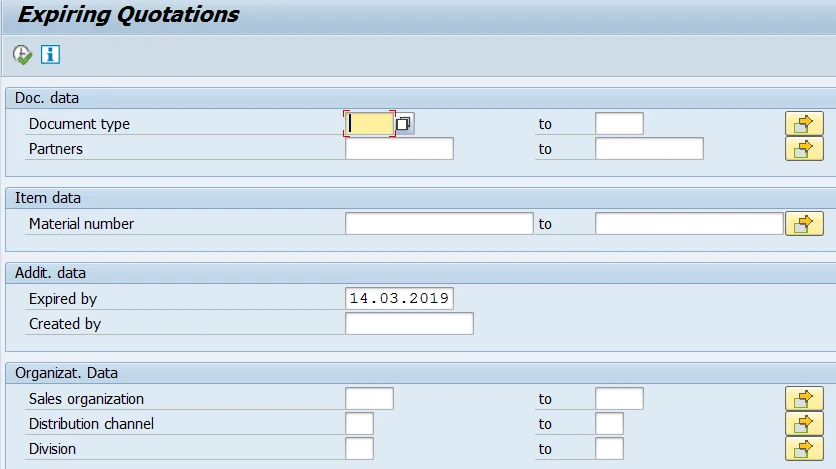
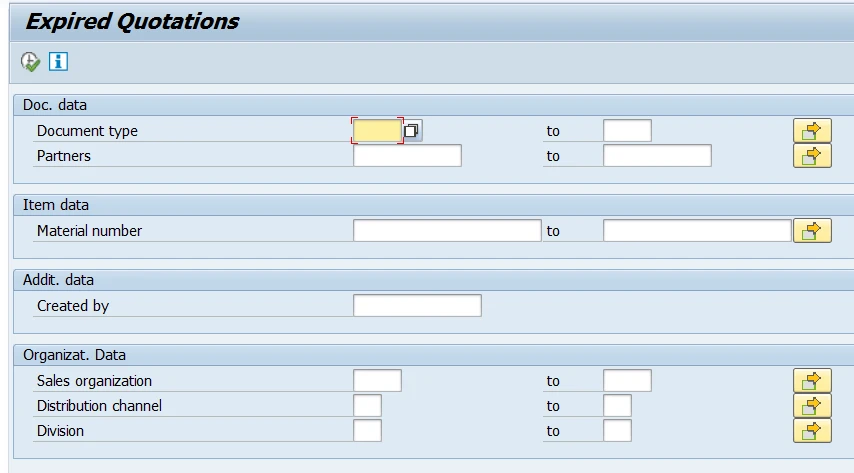
Expiring or expired contracts can be viewed using SDV1 and SDV2
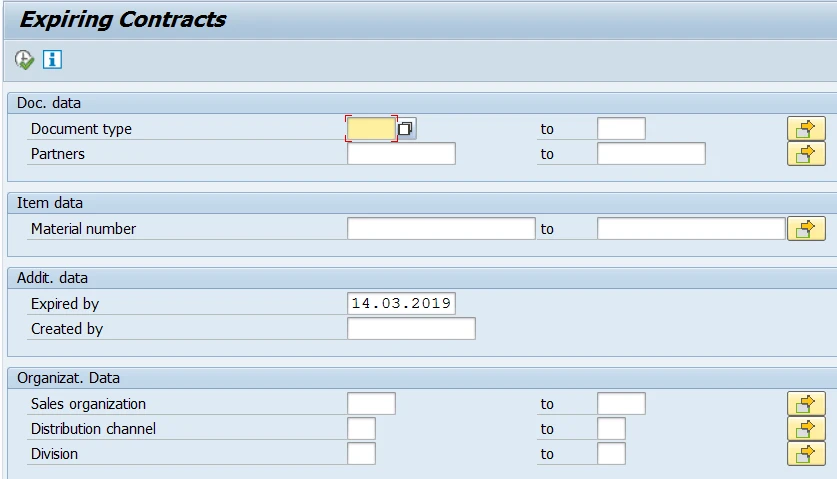

4. Duplicate Documents
Transaction SDD1 will show potential duplicates.
The system carries out checks for duplicates by comparing:
- Customer (sold-to)
- Net Value
- Material
- Quantity
- Creation date
- Customer reference
The output of the report shows a traffic light status, grouped by customer.
- Green for the customer means no duplicates.
- Yellow means potential duplicates (some fields above match including customer, creation date and material)
- Red means duplicates exist (all fields above match)
5. Sales Orders Blocked for Delivery
Transaction V.14 can be used for this.
This is a VERY simple report for information only. Can be used in list mode or summary mode:
List mode with drill down to document functionality.
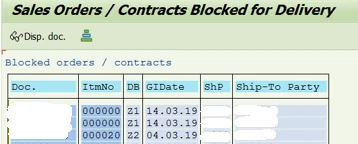
Summary mode with drill down to customer or material functionality.
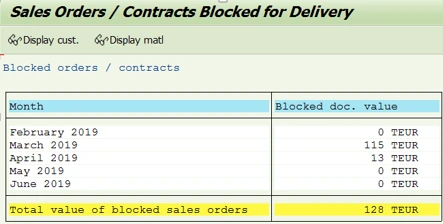
6. Sales Order Blocked for Billing
Transaction V23 will show you sales orders which are blocked for billing. The restriction here is that it only shows orders where the block is at header level. Item level blocks are not considered.

You can navigate to the sales order from the transaction itself.
7. Billing Documents Not Transferred To Accounting
Transaction VFX3 shows all billing documents where an accounting document does not exist. This is useful for the finance team to see where errors in the transfer have taken place. From the report, you can release the document using the green flag and then view the error log.

8. Sales to Purchasing Error Handling
SAP delivers two very useful transactions to trouble shoot your third-party sales orders.
Transaction VA07 shows sales order numbers next to their respective purchase requisition and purchase order. Any discrepancies are shown up in the report. From the report you can navigate to the individual documents themselves. Once the error is cleared, it will no longer show on the report. The report can be run by sales order number or by deviation category (the SAP error message).

Transaction VA08 is almost identical, except the selection screen offers the opportunity to run all sales orders for a given sales area.
Conclusion
By managing your transactional and master data effectively, using either Fiori Launchpad tools or ECC6.0 transactions, you can get on top of the game, maximise your revenue and identify all your pain points in advance. That at least, should be music to your business leads’ ears.